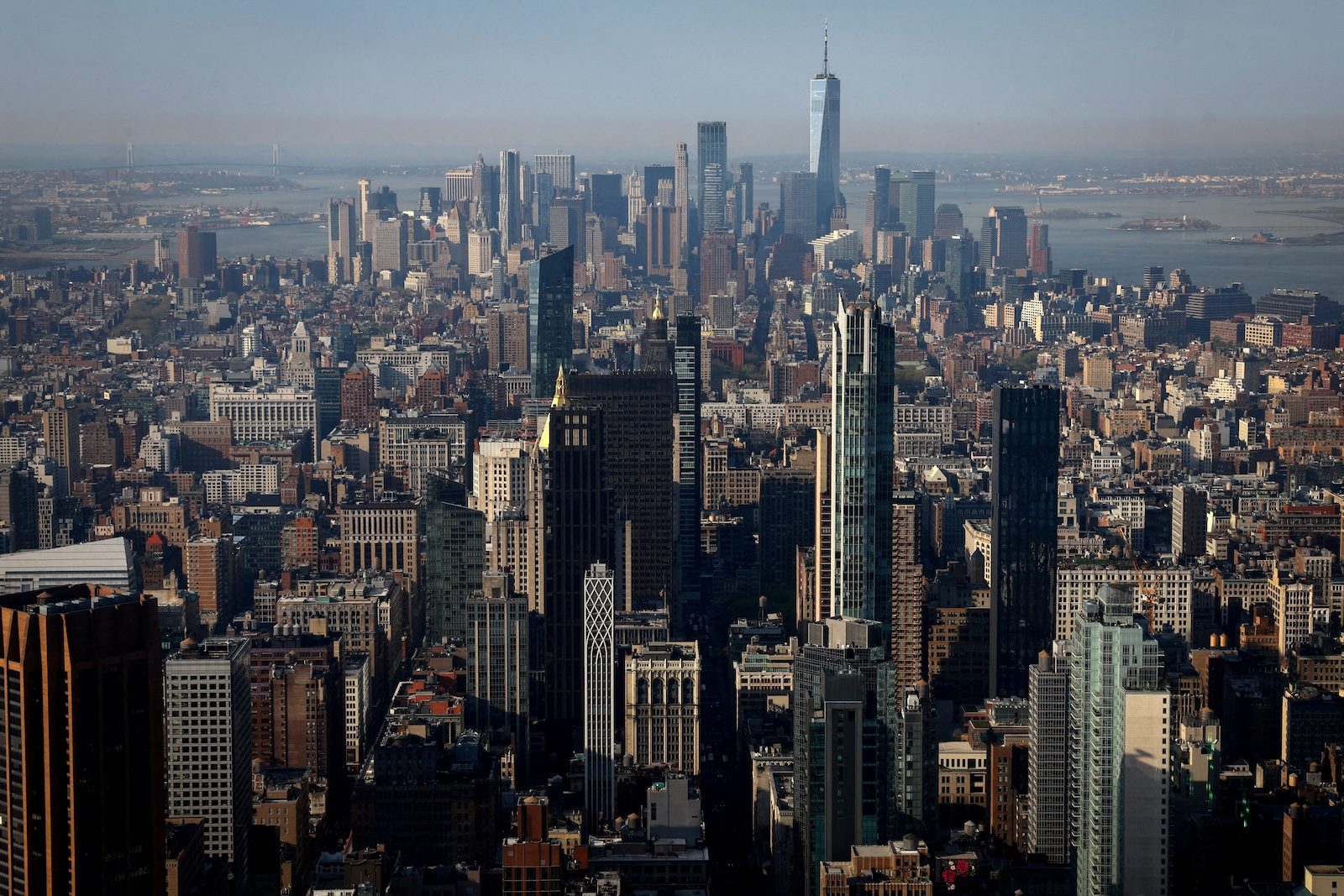SUMMARY
This is AI generated summarization, which may have errors. For context, always refer to the full article.

LONDON, United Kingdom – Rising unhappiness among younger people has caused the United States and some large western European countries to fall down a global wellbeing index, while Nordic nations retain their grip on the top spots.
The annual World Happiness Report, launched in 2012 to support the United Nations’ sustainable development goals, is based on data from US market research company Gallup, analyzed by a global team now led by the University of Oxford.
People in 143 countries and territories are asked to evaluate their life on a scale from zero to 10, with 10 representing their best possible life. Results from the past three years are averaged to create a ranking.
Finland remained in the top spot – with an average score of 7.7 – followed closely by Denmark, Iceland, and Sweden, while Afghanistan and Lebanon held the bottom two spots, with scores of 1.7 and 2.7 respectively.
In broad terms, the rankings are loosely correlated with countries’ prosperity, but other factors such as life expectancy, social bonds, personal freedom and corruption appear to influence individuals’ assessments too.
The United States dropped out of the top 20 for the first time, falling to 23rd place from 15th last year, due to a big drop in the sense of wellbeing of Americans aged under 30, the report shows.
While a global ranking of the happiness of those aged 60 and over would place the United States 10th, under 30s’ life evaluations alone put the United States in 62nd place.
The findings are at odds with much previous research into wellbeing, which found happiness highest in childhood and early teens, before falling to its lowest in middle age, then rising around retirement.
“Youth, especially in North America, are experiencing a mid-life crisis today,” said Jan-Emmanuel De Neve, a University of Oxford economics professor and one of the report’s editors.
Millenials and younger age groups in North America were significantly more likely than older age groups to report loneliness.
But De Neve said a range of factors was likely to be lowering young peoples’ happiness, including increased polarization over social issues, negative aspects of social media, and economic inequality that made it harder for young people to afford their own homes than in the past.
While the phenomenon is starkest in the United States, the age gap in wellbeing is also wide in Canada and Japan, and to a decreasing extent in France, Germany, and Britain, which all lost ground in this year’s rankings.
By contrast, many of the countries with the biggest improvements in wellbeing are former communist countries in central and eastern Europe.
There, unlike in richer countries, young people report significantly better quality of life than older people, often on a par or better than in western Europe.
“Slovenia, Czechia, and Lithuania are moving into the top 20 and that’s wholly driven by their youth,” De Neve said. – Rappler.com
Add a comment
How does this make you feel?














There are no comments yet. Add your comment to start the conversation.